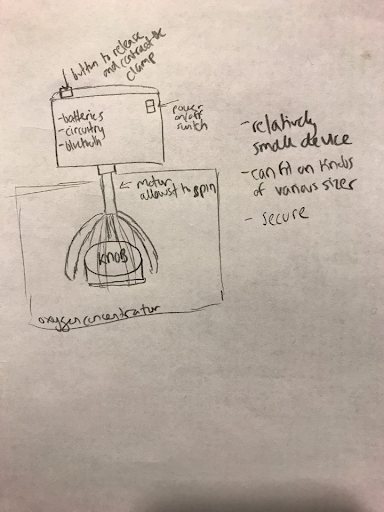Progress Report #3
Since our last report, we have made progress on the application development and design sketch. Because the app development requires an intense amount of learning before any solutions can be implemented, we have been working on developing the user interface. This will make the front-end development process simpler as the visual characteristics of the application will have been previously decided upon which can be seen below.
To accomplish this task, we created schematics of various pages within the application. Our next step for this process would be to create a flowchart of the application architecture. This way we can outline each pathway that the app will take and determine what information will be needed at each step on that pathway. We can also use this process to predict the visual expectations of the user. Then we can adjust the architecture and user interface to meet and exceed those expectations. We can then outline safeguards within the application that will maintain the oxygen levels at healthy and safe levels.

There are several human factors that need to be considered when designing the app. First of all, the majority of the users of the app will be elderly individuals, who will most likely not be as apt with technology as younger individuals. For this reason, the app needs to be straightforward and simple to prevent user errors that could potentially harm the user. In addition to being simple, the designs and images on the user interface need to be large so that they are easy to decipher from each other, even for individuals with poor eyesight.
In addition to the user interface, another important factor of the app is its compatibility with oxygen concentrators. The knobs on different concentrators will not all have the same sensitivity. For example, turning a knob 360 degrees on one machine may alter the flow rate by a magnitude of one liter per minute while the same turn could alter the flow rate on another machine by two liters per minute. It is important to find a way to calibrate the app and device to the concentrator being used in a simple and user-friendly way. For example, there might be an option for the user to select what specific oxygen concentrator they are using and then we have have code specific to that machine which will run.
An initial sketch we had for the design was this:

Maybe the rod between the box and the clamp can be a bit shorter. However, we have to improve on this design because it will not be very secure and upper portion may rotate along with the clamp. We are still trying to come up with a way to properly mount the motor that will be needed while still ensure that the device is easily attachable and removable.
Problems that we have include a lack of communication with our sponsors and little access to an oxygen tank. Emails have been sent to Wendi Mason, who is supposed to be getting our group in contact with individuals receiving oxygen treatment, but we have not had received any response from her in the past few weeks. Our goal is to spend time with these individuals receiving treatment to better understand their situation and how to better design our system to accommodate their needs.

Leave a Response